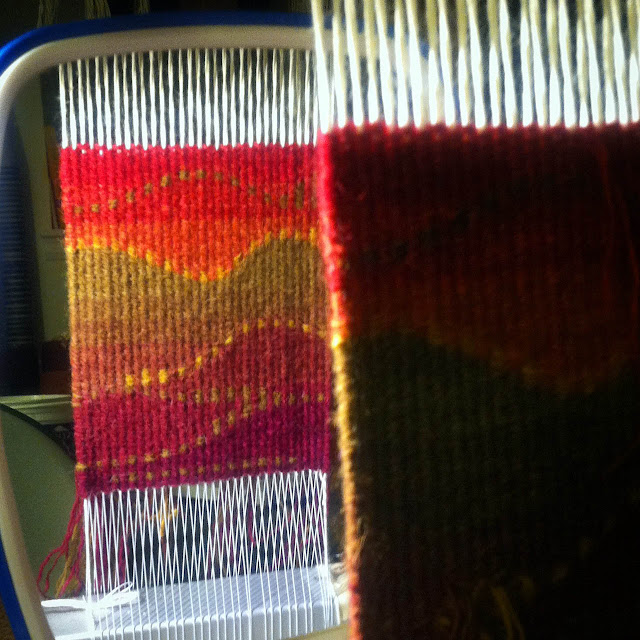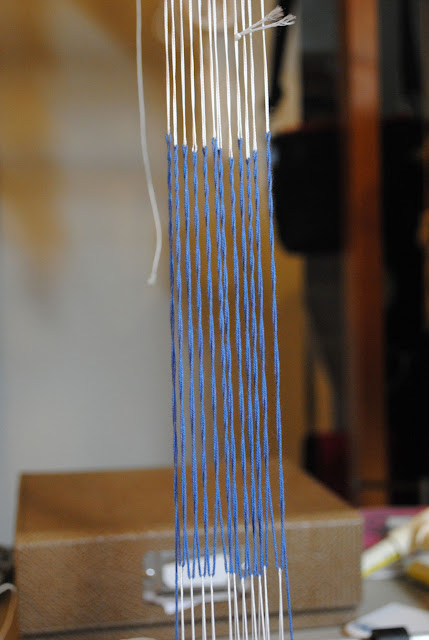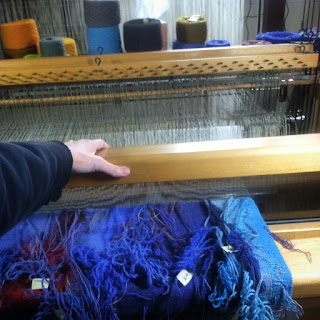I am a big fan of Steven Pressfield's book, The War of Art. In it, he talks about the ways we prevent ourselves from making art or doing any other number of things we feel called to do in this short time on earth we are gifted.
Today, I am determined to get my taxes ready for the accountant. I have too many things to do to get ready for a trip this week to drag it out any farther. So instead of reconciling the numbers, what am I doing? Writing a blog post. I believe that is resistance right there. At least I'm resisting something that I can't possibly be expected to enjoy instead of avoiding making art.
Here is a little classic Pressfield for your Sunday:
Resistance feeds on fear. We experience Resistance as fear. But fear of what?
Fear of the consequences of following our heart. Fear of bankruptcy, fear of poverty, fear of insolvency. Fear of groveling when we try to make it on our own, and of groveling when we give up and come crawling back to where we started. Fear of being selfish, of being rotten wives or disloyal husbands; fear of failing to support our families, of sacrificing their dreams for ours. Fear of betraying our race, our 'hood, our homies. Fear of failure. Fear of being ridiculous. Fear of throwing away the education, the training, the preparation that those we love have sacrificed so much for, that we ourselves have worked our butts off for. Fear of launching into the void, of hurtling too far out there; fear of passing some point of no return, beyond which we cannot recant, cannot reverse, cannot rescind, but must live with this cocked-up choice for the rest of our lives. Fear of madness. Fear of insanity. Fear of death.
These are serious fears. But they're not the real fear. Not the Master Fear, the Mother of all Fears that's so close to us that even when we verbalize it we don't believe it.
Fear That We Will Succeed.*If I don't finish my tax preparation, I risk that success, don't I? But if I never sit at the loom, I risk it even more.
I run into this resistance all the time. Every day in fact. I suspect we all do. It helps to be able to label it. I do forget, over and over again. It is a hard lesson to learn, to recognize resistance. I think that is because it is propelled so strongly by fear. Fear of not making a living. Fear that the tapestry that took a year to make is going to be complete crap, fear that my life will fly by without me paying attention. Fear that I won't be able to go back. Back to the comfort of a regular paycheck and health insurance from a job I was good at. (I can't go back, but that doesn't stop the fear or my continued license renewals. At least not yet.)
So today was a good day to pull out Pressfield. If you haven't read this book, get a copy. It might just remind you to move past the fear and do something you knew, underneath everything, you could do all along. I thought for seventeen years that I had to work in health care because that is what I trained so long to do. I wanted to be an artist, but that particular career comes with massive piles of fear, self-loathing, and resistance. Not to mention the constant question from society, "Can you really make a living making art?" My spouse frequently gets asked what I do and the next question, 99% of the time, is, "can she make a living doing that?"
Seriously, that is what they want to know.
The 1% who want to know what my medium is, what I am working to express, whether I am in love with the world... those are the people to get to know.
Wishing you courage for a day of creating. I'm off to finish the taxes, struggling against the resistance at every turn.
Ask me tomorrow if I succeeded.
 |
| Bobbin by Bobbin Boy; tapestry by yours truly... see it woven in THIS video. |
*Pressfield, S. (2002). The War of Art: Break Through the Blocks and Win Your Inner Creative Battles. New York: Grand Central Publishing. (p. 142-143)






























